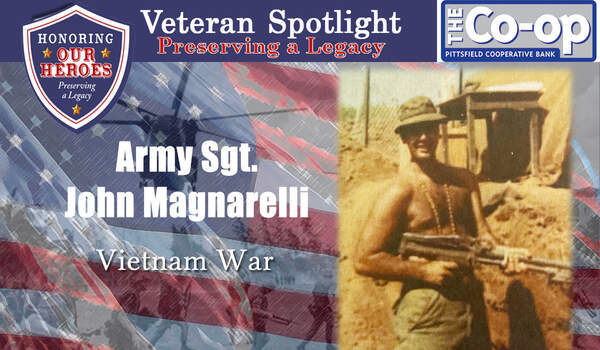
What does it cost not to have life insurance?
It's probably not on your calendar, but September is Life Insurance Awareness Month. And that means it's a good time to become more aware of the benefits of having life insurance — and the dangers of not having it.
Unfortunately, confusion about some of the basic elements of owning life insurance may be keeping people from getting the protection they need. More than half of uninsured Americans say they have put off purchasing coverage because they don't know what to buy or how much they need, according to Life Happens and LIMRA, two nonprofit organizations that provide research and education about life insurance.
Yet, while this confusion may be understandable, a delay in acquiring appropriate insurance can be costly in more ways than one. From a strict dollars-and-cents perspective, it's generally much more affordable to buy life insurance when you're younger. But there are potentially much greater costs involved in not having insurance when it's needed — and these costs are personal.
To be specific, what is it worth:
-
to know your family could stay in your home if something happened to you?
-
to know your children could continue their education plans?
-
to know your debts could be paid without burdening your family?
Clearly, if you were to assign these benefits a "price tag," it would be pretty high.
And that's the value of owning sufficient life insurance.
So, let's return to the issue of people putting off buying insurance because they don't know how much they need, or what type they should have:
-
How much is enough? You might hear that you need life insurance equal to about seven to 10 times your pretax annual salary. That's not a bad "ballpark" figure, but not everyone is playing in the same ballpark. To get a true sense of how much of a death benefit you require from your life insurance, you'll need to consider a variety of factors, possibly including your current income, spouse's income, the size of your mortgage (in addition to other liabilities), number of children, educational expenses and final expenses for funeral arrangements.
-
What type? You can essentially choose between two basic types of life insurance: term and permanent. As its name suggests, term insurance is designed to provide coverage for a designated period, such as 10 or 20 years. Generally speaking, term insurance is quite affordable for most people, especially when they buy policies as young adults. On the other hand, permanent insurance, such as whole life or universal life, is usually considerably more expensive than term insurance. This is because permanent insurance premiums, in addition to providing a death benefit, help build cash value, which you can typically access through loans or withdrawals, giving you additional flexibility should your financial needs change over time. In choosing between term and permanent insurance, you'll want to evaluate several issues, such as how long you think you'll need coverage and how much you can afford to pay in premiums.
-
Finding out about the benefits, costs and types of life insurance can help you make informed choices to help protect your family for years to come — so don't delay learning what you need to know.

















